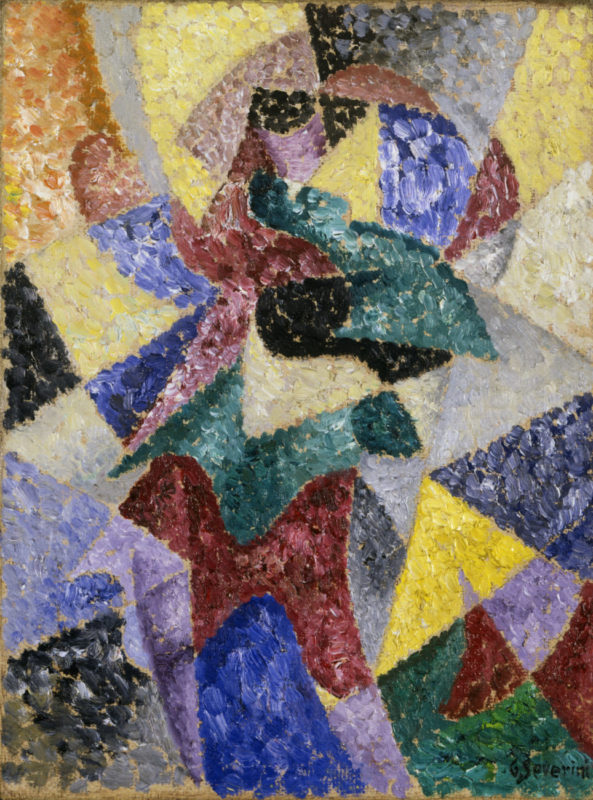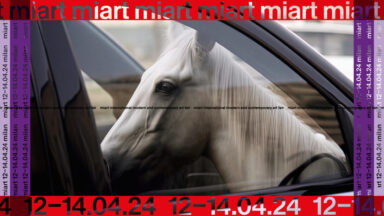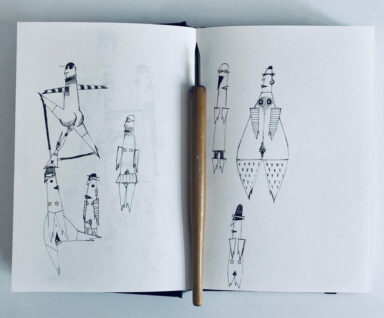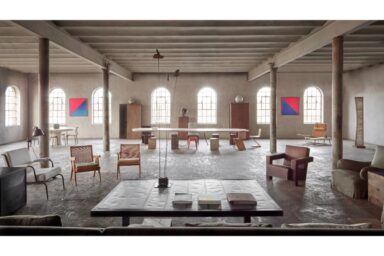SHE IS THE MUSE OF THE ONGOING EXHIBITION AT MART, PRESIDED BY VITTORIO SGARBI. PAINTINGS, SCULPTURES AND PHOTOGRAPHS ARE ALL DEDICATED TO THE EARLY ‘900 REVOLUTIONARY DANCER…
Text by: Fiammetta Cesana
Rebel, charismatic and timeless iconic, the Californian dancer became a real cult amongst artists and intellectuals of the last century. She introduced the American modern danse by overcoming classic canons of romantic ballet. As one of the first representatives of female empowerment, Duncan revealed her strength, confidence and talent in a way of dancing released from any kind of social constraints. She used to be named the American “barefoot dancer” since she boldly chose to dance with light clothes and with no shoes.
Following the first step in Florence at Villa Bardini, now the Mart in Rovereto (North Italy) hosts the show “Dancing the Revolution Isadora Duncan and the figurative arts in Italy between the 19th century and avant-garde”, on display from October 19th till March 1st. With the direction of the president Vittorio Sgarbi, one of the most important Italian art critics, and the director Gianfranco Maraniello, the exhibition explores art movements of the first years of 1900 which were deeply inspired by the revolutionary Duncan.

As one of the first representatives of female empowerment, Isadora Duncan revealed her strength, self-confidence and talent with a dance released from any kind of social constraints… She used to be called the American “barefoot dancer” since she boldly chose to dance with lightweight garments and with no shoes.
The exhibition gathers great masters of both Italian and international art panorama. From Umberto Boccioni and Giò Ponti, to Antoine Bourdelle and Edward Gordon Craig, the scenographer she met at a Berlinese salon and who used to be her partner for years, to Hendrik Christian Andersen, Libero Andreotti, who painted her portrait live, till the futurist movement’s founder Filippo Marinetti, with whom she had a complicated relation (he accused her of being the emblem of a dance which finds its legitimization in traditionalist sentimentalism), and many others…
Fascinated by her audacious behavior and dance like no other, several artists elected Duncan as their own muse, like the French Auguste Rodin who evoked the beautiful marble “Ève au rocher” coming from the Hong Kong’s prestigious private collection.
Her unique stage presence and eclectic personality, which influenced the emancipation of women and bodies, outlines with Mart’s show the importance of these themes for the XX century art production. Born from the collaboration between Mart and Fondazione CR Firenze, the exhibition is curated by Maria Flora Giubilei and Carlo Sisi, in collaboration with Rossella Campana, Eleonora Barbara Nomellini and Patrizia Veroli.
“Dancing the Revolution Isadora Duncan and the figurative arts in Italy between the 19th century and avant-garde”
Mart
Rovereto, Trento, Italy
From October 19th, 2019 to March 1st, 2020







